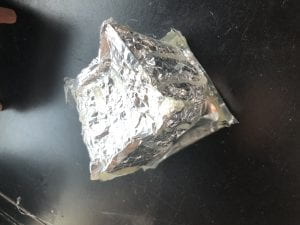Cars and Sea Animals
This product addresses my client needs of simplicity, dynamic, and fun. The material used for the cranky contraption is also very durable, or else babies and toddlers using this will effortlessly break the contraption my turning the crank one time. The materials are wire, wood, bottle cap, card board, and pencil.
If I did this again, something I’ll do differently is that my client will change, which means the entire contraption will change too. This could be my mother’s birthday present. However the timing of when I started to make the contraption clashes with my mom’s birthday (April 4th), so I had to make these for my brother instead.
Overall I think this product is successful because it satisfies my clients needs of simplicity, interesting, and fun, and it makes me get satisfied. I also notice that this contraption has 2 ways of using it. One way is to sign switcher ( switches pictures on signs every rotation). Another way is to use this to slap someone (playfully, not really)




